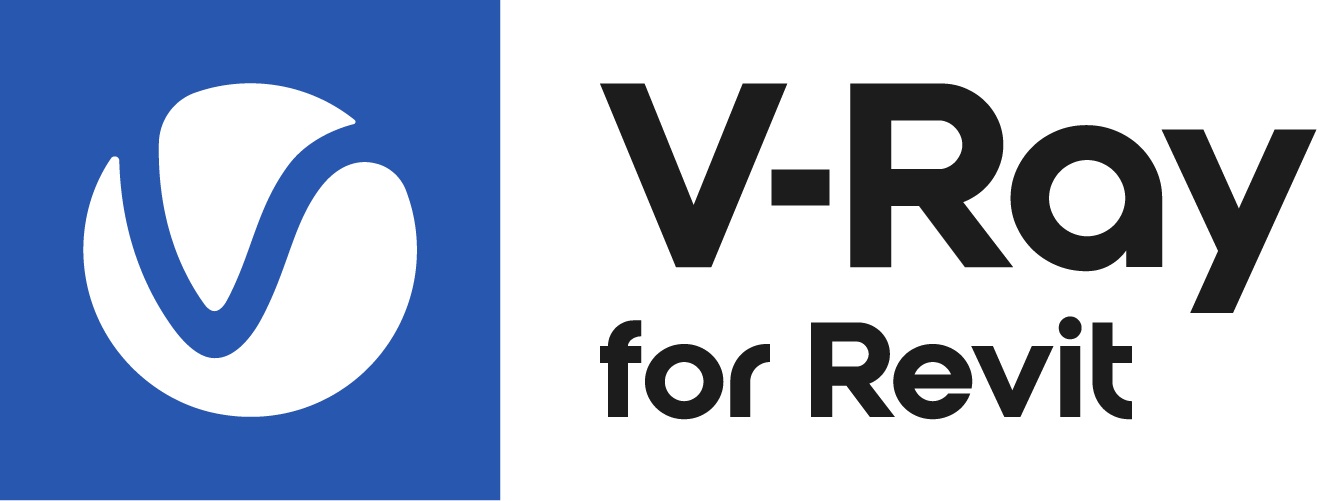This page provides information about the Two Sided material in V-Ray for Revit.
Overview
The Two Sided material is a utility material provided with the V-Ray renderer. The material allows seeing the light on the backside of the objects. Use this material to simulate thin translucent surfaces like paper, cloth curtains, tree leaves, etc.
The Two Sided material settings are organized in Basic and Advanced modes. You can switch the mode from the toggle button () under the Preview Swatch.
Parameters
Some options are available only in Advanced mode.
Front Material – Sets the material to be used for front faces as defined by the object normals.
Back Material – Sets the material to be used for back side faces as defined by the object normals.
Translucency – Determines which side (front or back) relative to the camera is more visible in the rendering process. By default this color is black (0.0), which means that only the front side is visible. When set closer to white (1.0), more of the Back material is seen. When set closer to black (0.0), more of the Front material is seen.
Mult. By Front Diffuse – When enabled, the Translucency is multiplied by the Front material.
Force Single Sided – When enabled, the sub-materials renders as one-sided materials.Disabling is not recommended.
Can be Overridden – When enabled, the material can be overridden by the Material Override option in the Settings.
Notes
- This material will give best results when assigned to open surface objects like planes, extruded splines, etc. Otherwise it can lead to extremely long render times.
- The Two Sided material can be made visible only from one side by having its Front material slot empty and the Back material slot filled in.
